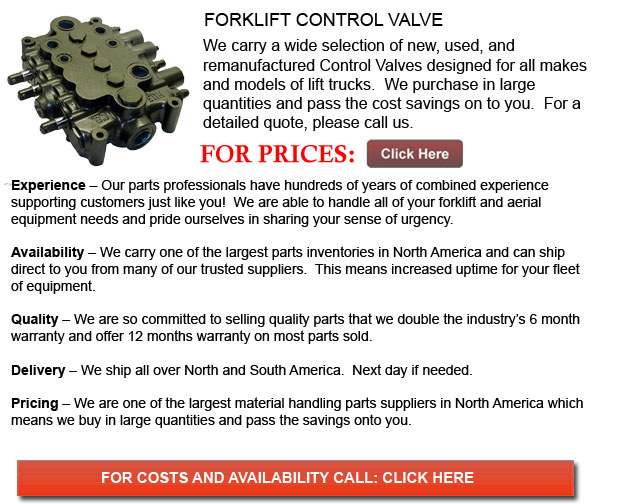
Control Valve for Forklift - Automatic control systems were first established over two thousand years ago. The ancient water clock of Ktesibios in Alexandria Egypt dating to the third century B.C. is thought to be the first feedback control machine on record. This particular clock kept time by means of regulating the water level inside a vessel and the water flow from the vessel. A popular style, this successful machine was being made in a similar manner in Baghdad when the Mongols captured the city in 1258 A.D.
Throughout history, various automatic tools have been utilized so as to accomplish specific tasks or to simply entertain. A popular European design in the 17th and 18th centuries was the automata. This particular device was an example of "open-loop" control, featuring dancing figures which would repeat the same task repeatedly.
Closed loop or also called feedback controlled devices comprise the temperature regulator common on furnaces. This was developed during the year 1620 and attributed to Drebbel. One more example is the centrifugal fly ball governor developed in the year 1788 by James Watt and used for regulating the speed of steam engines.
J.C. Maxwell, who discovered the Maxwell electromagnetic field equations, wrote a paper in the year 1868 "On Governors," which could explain the instabilities exhibited by the fly ball governor. He made use of differential equations to describe the control system. This paper demonstrated the importance and helpfulness of mathematical methods and models in relation to understanding complex phenomena. It even signaled the beginning of mathematical control and systems theory. Previous elements of control theory had appeared earlier by not as convincingly and as dramatically as in Maxwell's study.
Within the following one hundred years control theory made huge strides. New developments in mathematical techniques made it feasible to more accurately control significantly more dynamic systems as opposed to the first fly ball governor. These updated methods include different developments in optimal control during the 1950s and 1960s, followed by progress in robust, stochastic, optimal and adaptive control techniques in the 1970s and the 1980s.
New applications and technology of control methodology have helped make cleaner auto engines, more efficient and cleaner chemical processes and have helped make communication and space travel satellites possible.
Initially, control engineering was carried out as a part of mechanical engineering. Moreover, control theory was initially studied as part of electrical engineering because electrical circuits can often be simply described with control theory methods. Nowadays, control engineering has emerged as a unique discipline.
The first controls had current outputs represented with a voltage control input. To implement electrical control systems, the correct technology was unavailable at that moment, the designers were left with less efficient systems and the alternative of slow responding mechanical systems. The governor is a very effective mechanical controller which is still often utilized by some hydro plants. Eventually, process control systems became obtainable before modern power electronics. These process controls systems were often utilized in industrial applications and were devised by mechanical engineers using pneumatic and hydraulic control machines, a lot of which are still being used nowadays.
![]() Click to Download the pdf
Click to Download the pdf
Forklift Parts
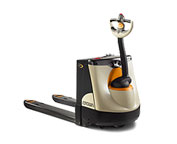
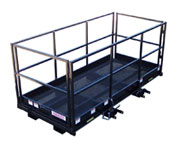
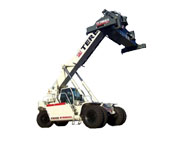
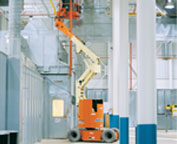
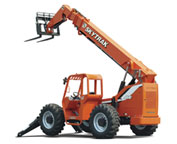
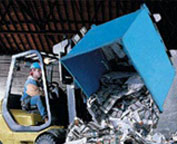
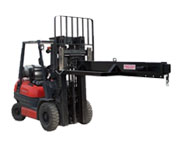
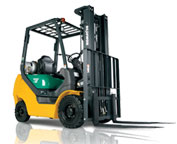
Lift Parts Express
TOLL FREE: 1-888-695-7994
LOCAL: 661-471-2086
2010 WEST AVENUE K 617
Lancaster, California
forkliftpartslancaster.com
Email Us
About Us


